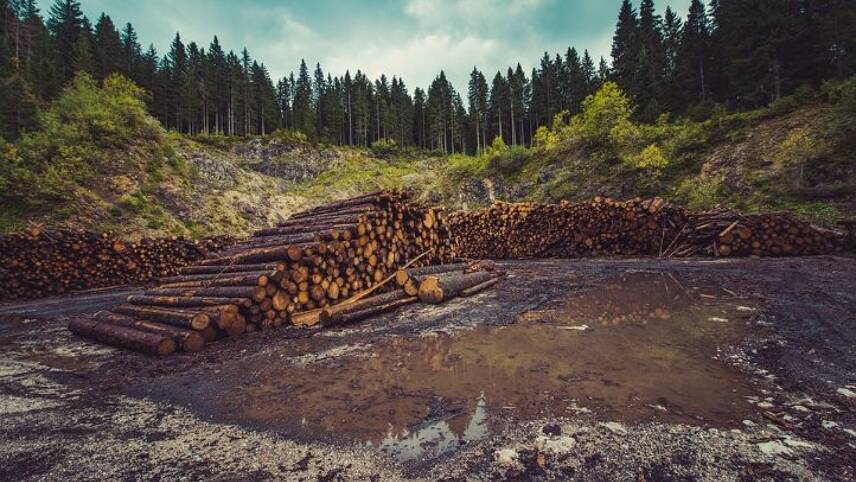Register for free and continue reading
Join our growing army of changemakers and get unlimited access to our premium content

Humans use around 72% of the world’s ice-free land surface
That is the warning given today (8 August) by the Intergovernmental Panel on Climate Change (IPCC), through its landmark report on land use and climate change.
Based on the findings of thousands of scientific studies from across the world, the report concludes that land use currently accounts for almost one-quarter (23%) of human-caused greenhouse gas (GHG) emissions. Key contributors to these emissions cited in the report are deforestation, the destruction of other habitats, including carbon-sequestering peatlands, and livestock.
According to the IPCC, the food and drink sector is driving a large proportion of the problem – but is also likely to be one of the first industries to feel the effects of warming. The body estimates that food and drink production alone is has been the driver of 75% of deforestation by area size to date, with trends such as more frequent heatwaves and sea level rises already affecting the four key pillars of food security – availability, access, utilisation and stability.
Aside from climate change, the IPCC emphasises that the ways in which humanity currently uses land are speeding up biodiversity loss. Humans use around 72% of the world’s ice-free land surface, at a time when the Earth is believed to be in the initial stages of a sixth mass extinction.
The report’s key takeaway, therefore, is that efforts to lower emissions to net-zero and to boost biodiversity must go hand-in-hand with the preservation and restoration of natural habitats at scale.
“This report sends a clear message that the way we currently use land is contributing to climate change, while also undermining its ability to support people and nature,” WWF’s chief climate change advisor and IPCC lead Stephen Cornelius said.
“We need to see an urgent transformation in our land use. Priorities include protecting and restoring natural ecosystems and moving to sustainable food production and consumption.”
Food for thought
The IPCC’s findings echo those made by IDH in a recent report on land use and carbon emissions in European food supply chains.
According to the Dutch non-profit, just 22% of soy used by European food corporates in 2017 was covered by zero-deforestation certifications in 2017. The respective proportions for tropical timber and palm oil, meanwhile, stood at 28.5% and 35%.
These findings come shortly after Global Forest Watch (GFW) estimated that 3.6 million hectares of tropical forest were cleared in 2018 – equivalent to the size of Belgium. Data found that up to 80% of this loss was driven by agricultural commodity production.
Sarah George


Please login or Register to leave a comment.